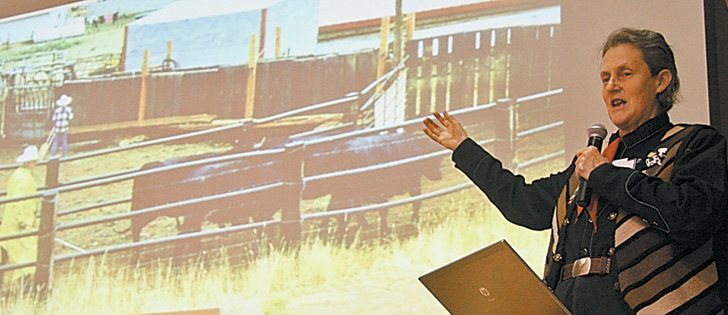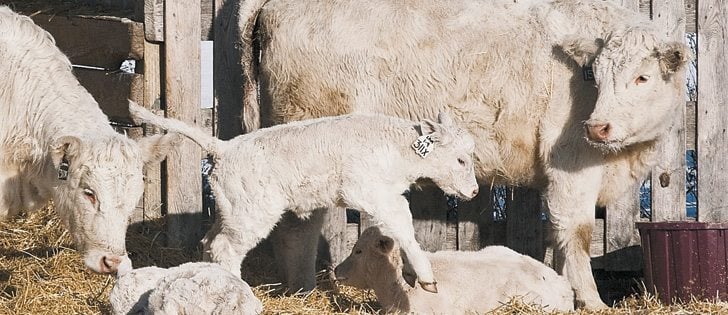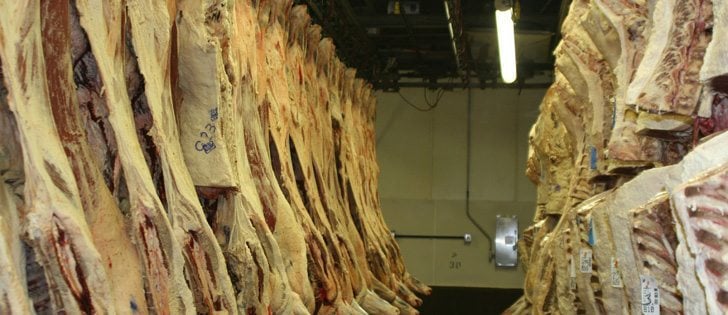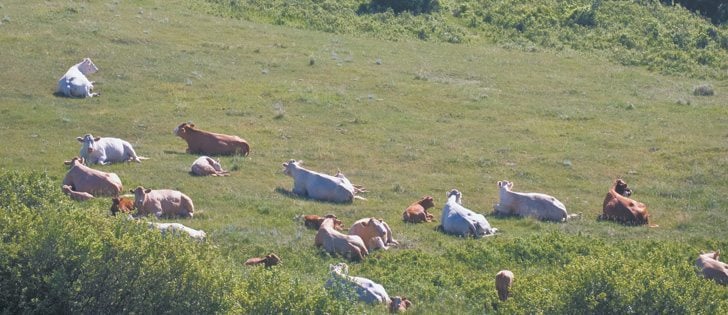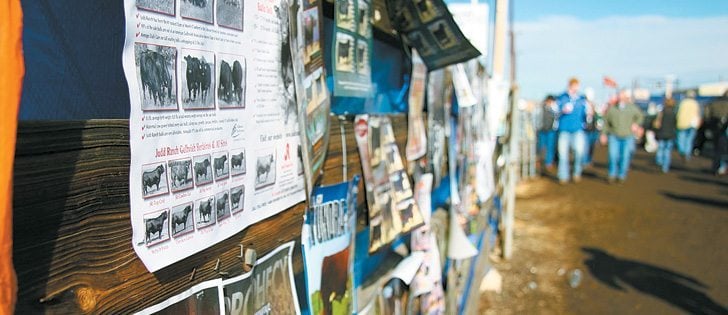What to bale graze? | Forage specialists share recommendations on pasture management
Darrel and Peggy Walker like their cattle to spend as much time in the pasture as possible.
And an open tract of land immediately outside their ranch’s headquarters near Langham, Sask., is a perfect spot for calving, providing the couple with an optimal view of their animals and easy access to on-farm facilities.
However, the Walkers admit the spot is overused and not in the best condition.
“This is the poorest managed field we have and it’s simply because it’s close to our cattle facilities … so it ends up getting abused in the spring, getting grazed much longer than it should be and then in the fall again getting grazed out,” Peggy said during a recent tour that was part of the 2012 Saskatchewan pasture school program.
Read Also
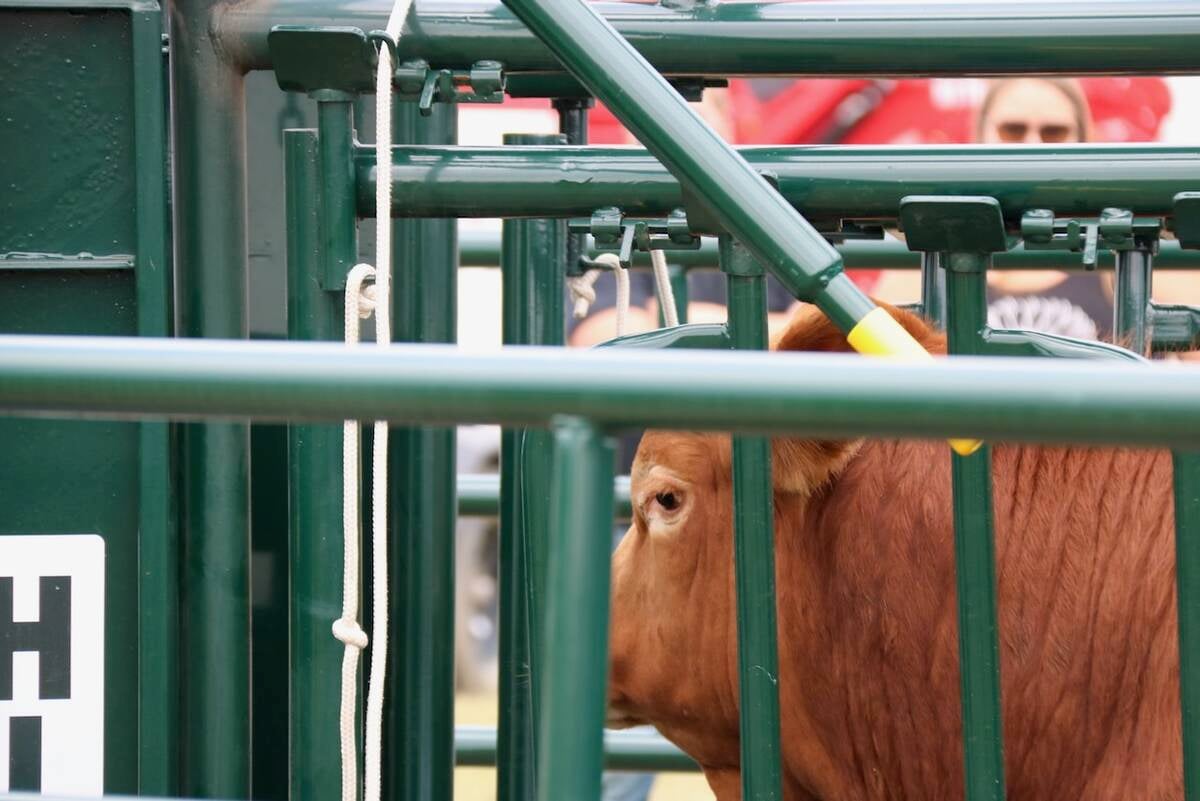
Good handling equipment a must on cattle operations
It’s important for the safety of producers and everyone else dealing with their stock that handling equipment is functional and safe.
“And yet we sort of feel that if we can get out of here — there’s nothing in here all summer — it seems to be able to manage. It’s not ideal.”
A tour of the field found significant populations of prairie and pasture sage and Kentucky bluegrass, undesirable plants because of their shallow root systems, and signs that better, more productive grasses are starting to die out.
Peggy was aware of its condition. In their pasture system, this patch of land has become a sacrifice field.
“It’s one of those necessary evils where you have to have some space for larger groups to move around because we were calving only heifers this spring and we wanted them close to the yard,” she said.
Lorne Klein, a regional forage specialist with Saskatchewan Agriculture, also pointed out smooth bromegrass, a productive and popular forage in Saskatchewan but one he doesn’t like to see in native pastures because the competitive plant has a large demand for nitrogen.
Klein told producers to manage native pastures carefully. He doesn’t recommend producers bale graze on native pastures out of fear of introducing an undesirable weed or plant.
“If it’s highly altered native prairie, what do you have to lose? We’ve already kind of lost it,” he said.
“I would much rather see someone bale graze on an old smooth brome…. It’ll give you the biggest punch. It’ll give you the biggest yield increase. It’s almost like you’re wasting nutrients when you bale graze on native (prairie).”
He recommended producers delay grazing until September on native prairie.
A recurring theme on the tour was the value of resting pastureland to allow for the restoration of carbohydrates, roots and plant vigour, but in some cases the amount of rest required might be excessive.
One tour participant suggested that the Walkers manage their calving pasture as a Kentucky bluegrass field.
“The best that you can do is work with what you’ve got from this day forward. Maybe the rough fescue is gone. Maybe the green needle grass is gone,” he said.



